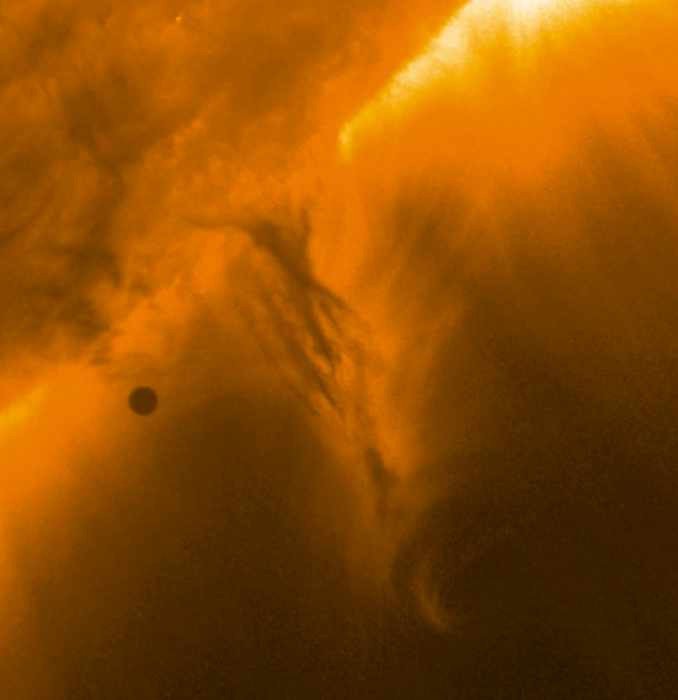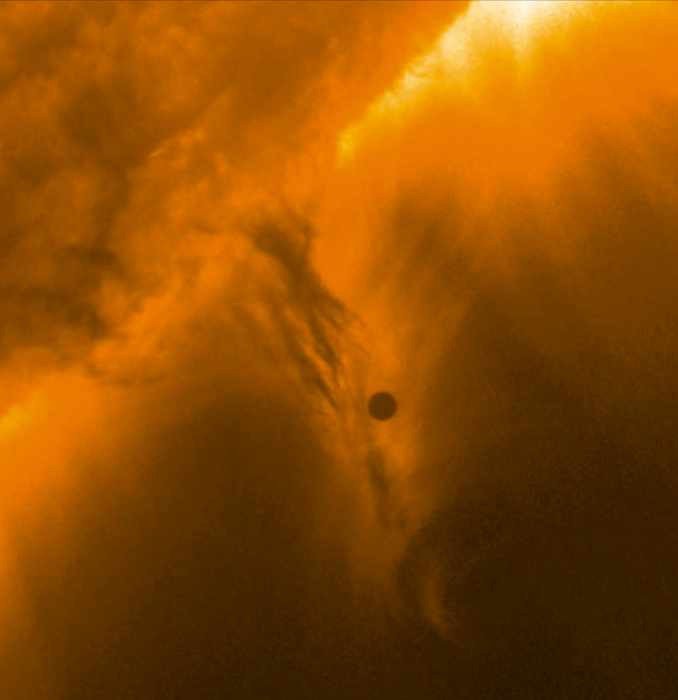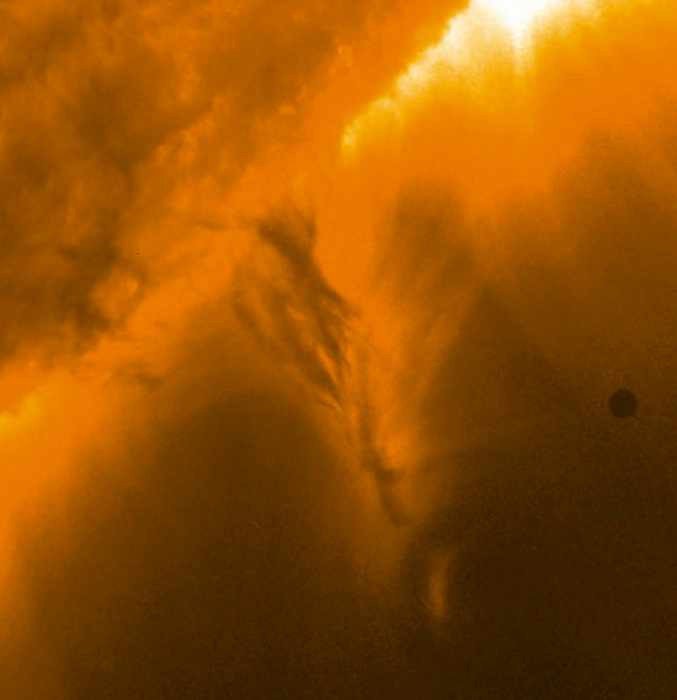EYE ON THE SKY
Serene shining stars
A moment of calm in a tumultuous Universe
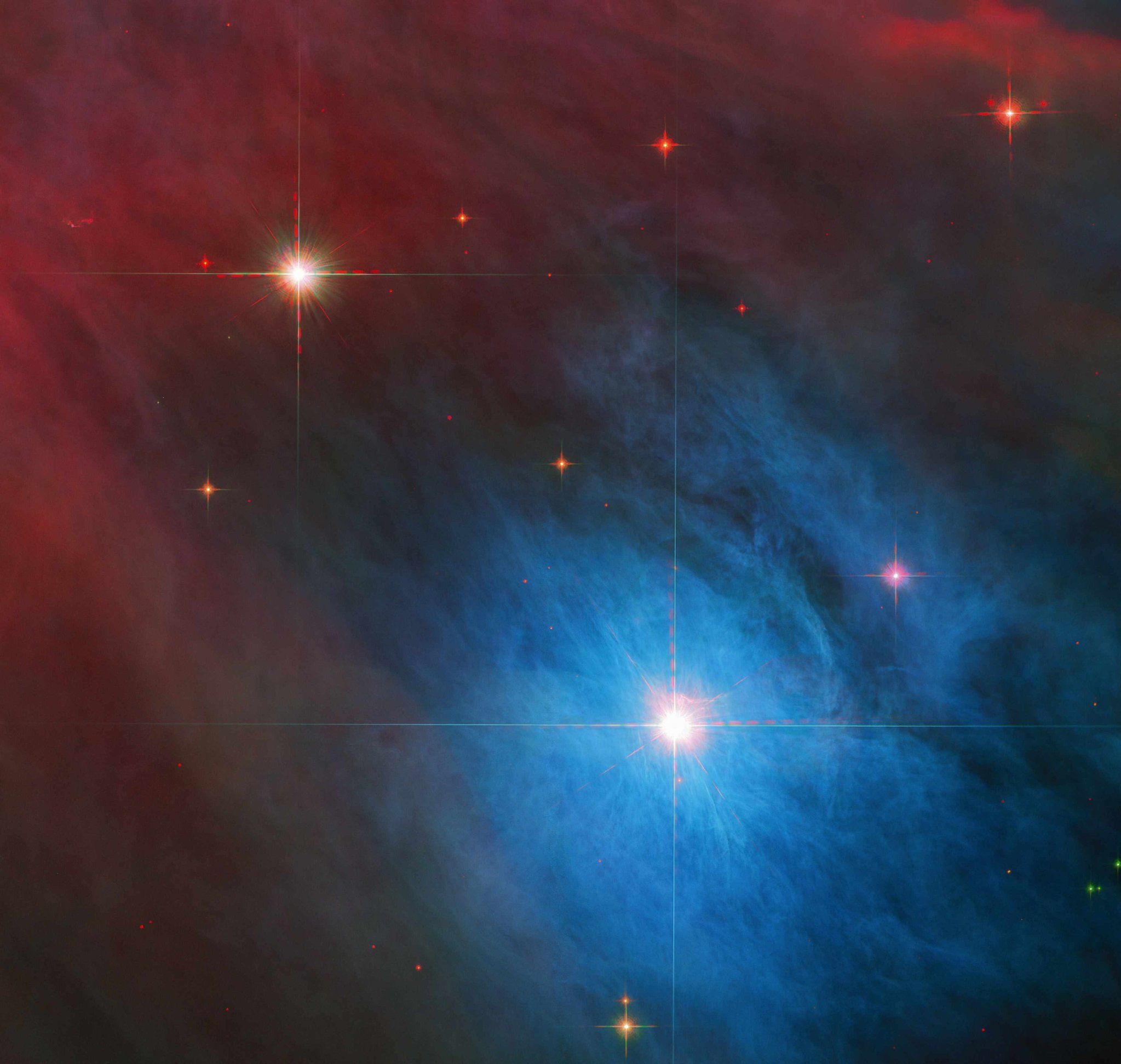
HUBBLE SPACE TELESCOPE, 23 JANUARY 2023
Space is filled with violence. Gigantic explosions, temperatures both incredibly hot and unimaginably cold, forces strong enough to tear stars apart. Yet sometimes it can appear peaceful and serene, as this photo of stars piercing the dust and gas of the Orion Nebula 1,450 lightyears from Earth shows.
It’s a deceptively beautiful image, however. The main star, V 372 Orionis, is an Orion Variable, a young star prone to sudden variations in luminosity with no pattern or schedule. These stars are often found in the kind of diffuse nebulae Orion is famous for, and are expected to grow out of their variability as they age.
Also visible in the image are the signatures of Hubble, the four diffraction spikes caused by starlight interacting with the four vanes that support the telescope’s secondary mirror.
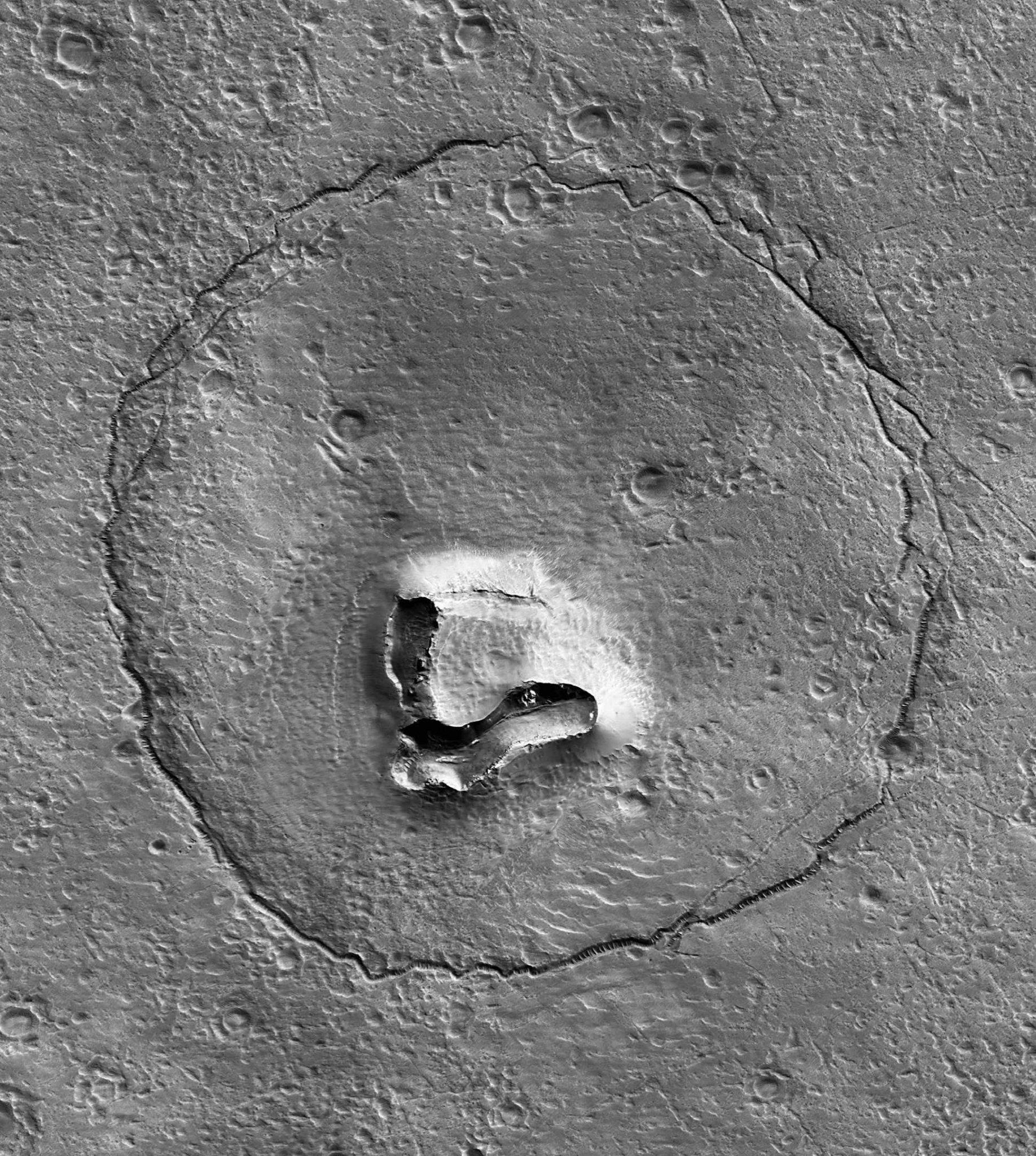
Bear rock
MARS RECONNAISSANCE ORBITER, 25 JANUARY 2023
The Moon may have a man in it, but Mars has a bear. This example of pareidolia – the tendency of the human brain to see faces in things – joins the famous ‘face’ in the planet’s Cydonia region. The bear’s nose is a hill, perhaps a volcanic vent, that’s collapsed, creating a distinctive shape joined by two impact craters forming the bear’s eyes. A circular fracture pattern outlining what could be another buried crater provides the finishing touch.
Mass transit
SOLAR ORBITER, 3 JANUARY 2023
Mercury passes in front of the Sun, showing the sheer scale of our host star. The planet is 5,000km across, yet is dwarfed by the towering structures in the Sun’s outer atmosphere. These video stills were captured by the Extreme Ultraviolet Imager on board ESA/NASA’s Solar Orbiter spacecraft and show solar atmospheric layers above the photosphere, the star’s outer shell from which its light radiates. You can watch the full video at bit.ly/mercurytransitvideo.
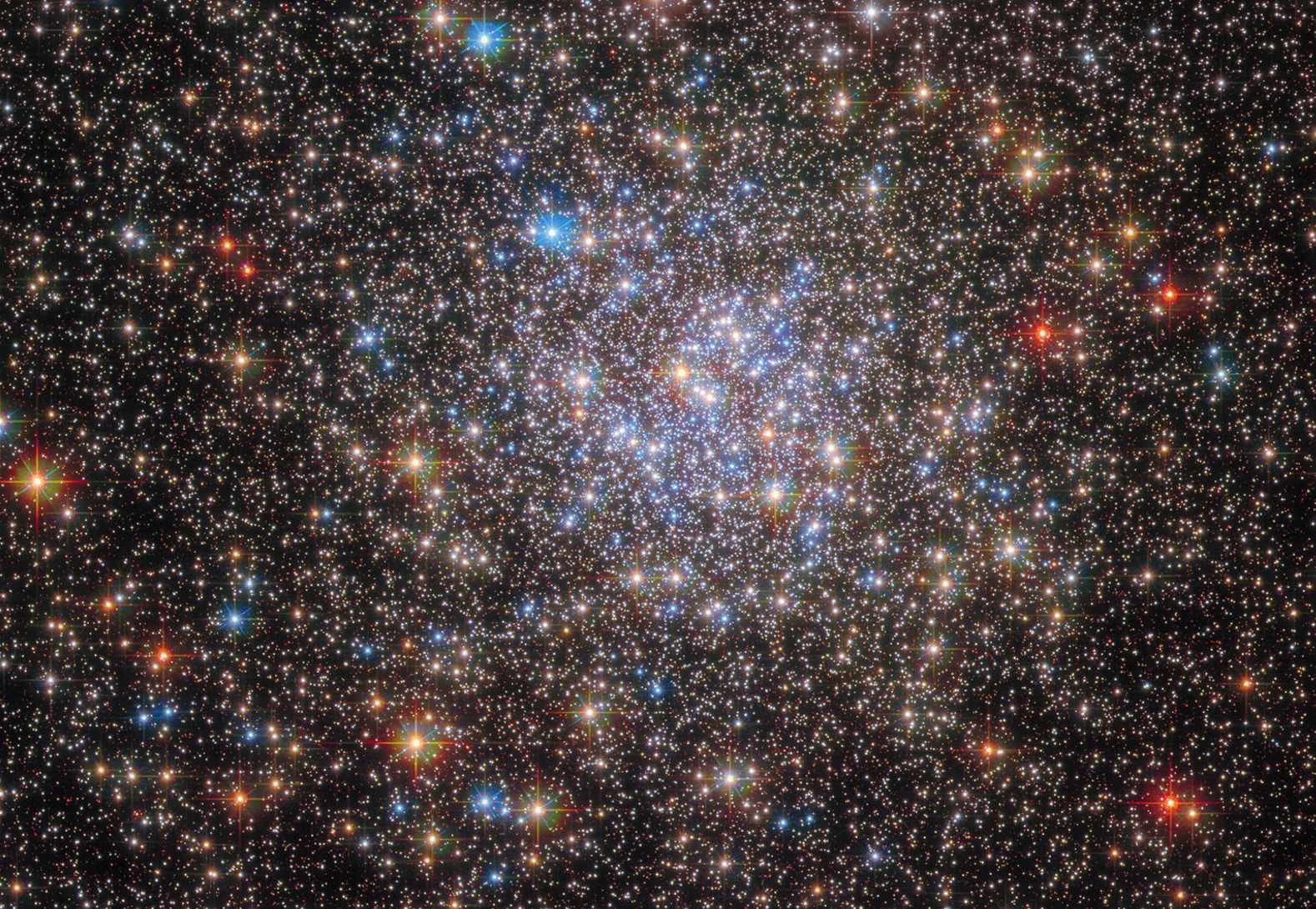
Cluster of gems
HUBBLE SPACE TELESCOPE, 2 JANUARY 2023
Hubble’s Advanced Camera for Surveys and Wide Field Camera 3 continue to deliver remarkable images, such as this shot of the tightly packed core of the globular cluster NGC 6355. The cluster resides toward the centre of the Milky Way, around 30,000 lightyears from Earth in the constellation Ophiuchus, contains over 100,000 solar masses, and is estimated to be 13.2 billion years old.
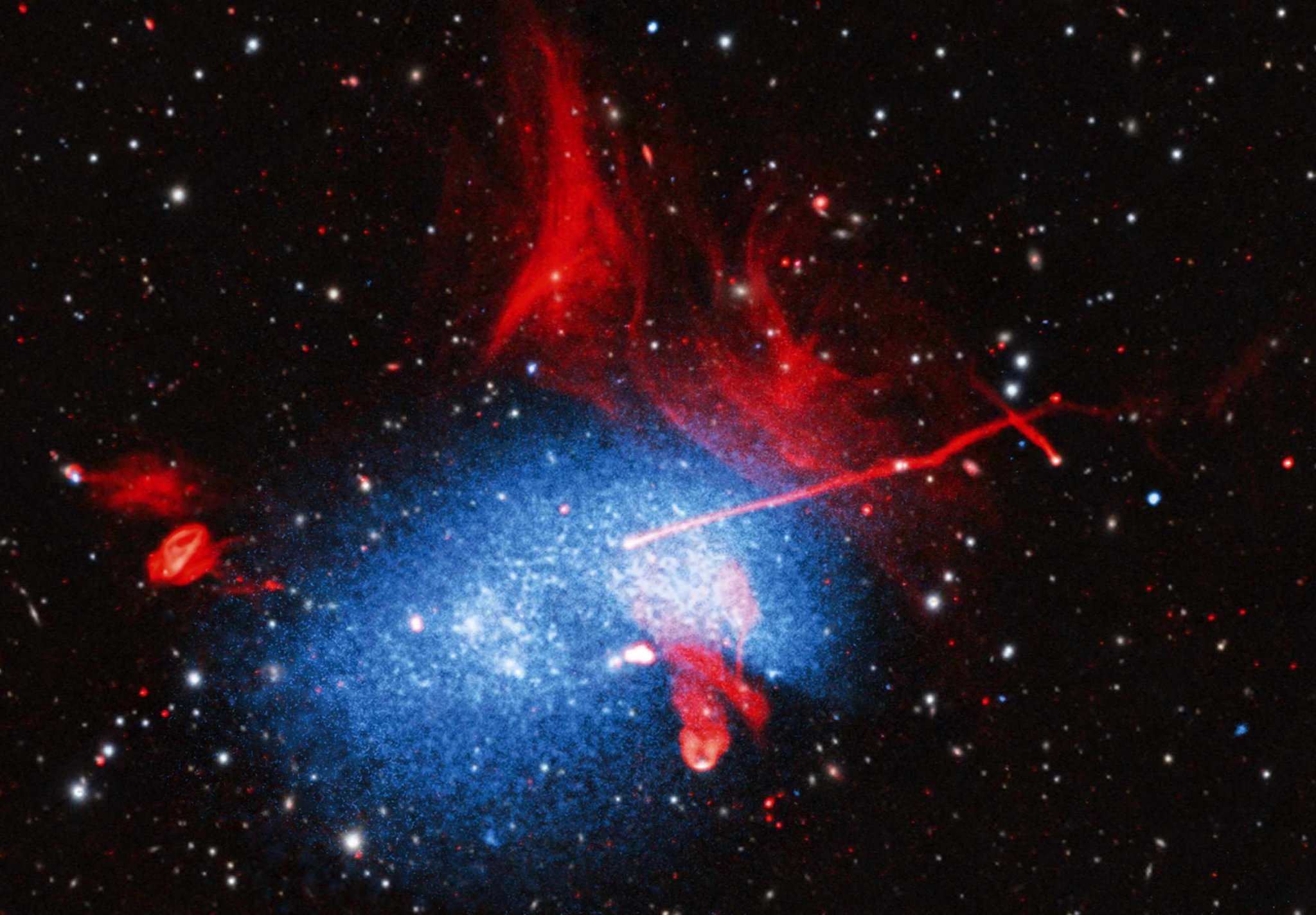
Collision course
CHANDRA X-RAY OBSERVATORY, XMM-NEWTON, LOW-FREQUENCY ARRAY, GIANT METREWAVE RADIO TELESCOPE, VERY LARGE ARRAY, 30 JANUARY 2023
Some of the largest structures in the Universe are crashing together to create Abell 2256, a merger of at least three galaxy clusters in Ursa Minor. It took five telescopes recording data from radio waves, X-rays, visible and infrared light to create this image, with hot gas glowing blue in X-rays at the bottom, while red data from radio waves shows jets from supermassive black holes and shock waves at the top that stretch for two million lightyears.
MORE ONLINE
Explore a gallery of these and more stunning space images
www.skyatnightmagazine.com/bonus-content/9BN84GZ
